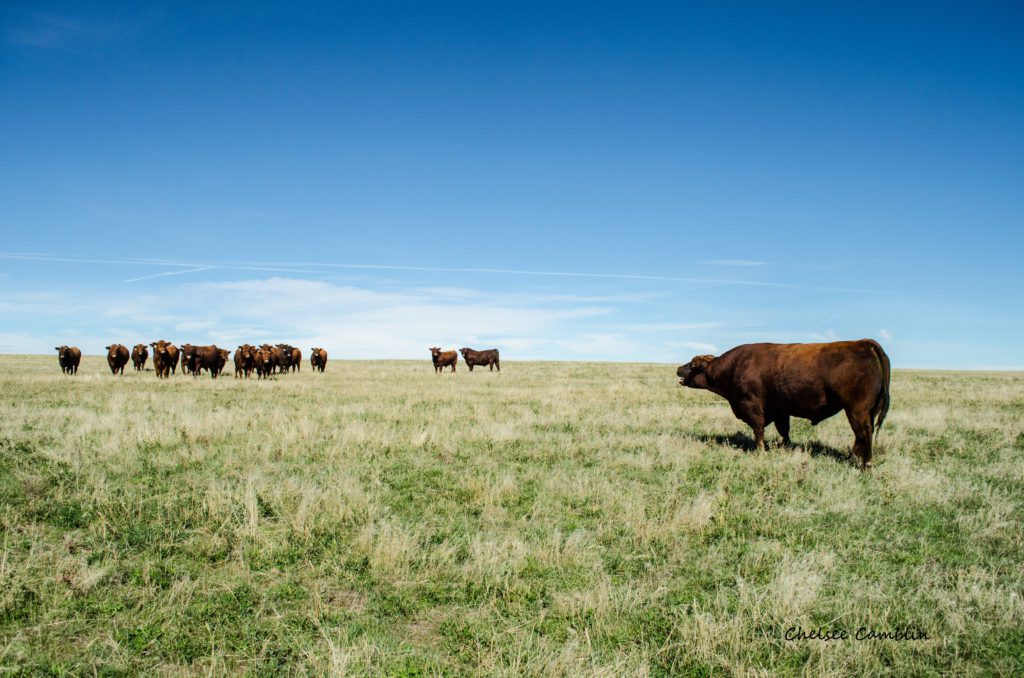Calving is just underway across the country, which means calf processing and branding (if applicable in your area) is just around the corner.
For those who may not be calving already or those looking for good calving reading material, it is good to revisit some calving best management practices. Previous articles listed in BeefWatch do a great job highlighting specifics related to calving.
As we move into branding time, it is a good time to discuss some calf processing and branding best management practices.
First things first: Establish a Veterinary Client Patient Relationship (VCPR) with a veterinarian. The purpose of the VCPR is for a vet to know the cattle, and the situation, and present health/disease challenges.
Relevant information to examine prior to processing young calves includes current health status of the herd, previous health challenges within the same management and environmental constraints, and operation goals for the vaccination protocol. Your veterinarian has the potential to be your best resource when developing these protocols.
Calf processing, and specifically branding time, can hold great traditions of family and community. It can also be leveraged as an opportunity for giving those not directly involved in cattle production a glimpse into the science and work that goes into our businesses. With the increased amount of labor present that represents a wide cross-section of experience levels, priorities and expectations should be communicated regularly in an effective way.
A common area of focus would be the expectation of effective (low-stress) cattle handling. This includes set up and design for both permanent and temporary facilities (i.e., how cattle will flow, pen size, distance from branding fire, etc.). You should visit with your help to refresh them on basic cattle handing do’s and don’ts on your operation. Additionally, briefing on expectations of cattle gathering, sorting, and the steps to follow at processing is a good way to ensure everyone is on the same page. Depending on branding methods, discussing the expected branding etiquette can improve the efficiency of the day.
One major issue typically observed during calf processing and branding, is mishandling of animal health products, especially vaccines. Best management practices to ensure vaccines work include:
- When products require mixing, only mix them as needed and not more than one hour prior to administration. The efficacy of the product deteriorates outside of that time frame.
- When mixing vaccines, do not over shake. Simply swirling the vaccine in the bottle is enough to ensure a good mix. When products are over shaken, they can be destroyed and release endotoxins, which could be harmful to your animals.
- Keep vaccines protected from the elements. Store them according to the temperature range on the manufacturer label and do not allow them to be exposed to sunlight.
- Label syringes and do not allow them to get mixed up. If modified live vaccine is placed into a syringe that previously held killed vaccine and a residue of the killed vaccine is present, it may damage or destroy the modified live vaccine.
- Change your needles every time a syringe is refilled. It is recommended to replace needles every 10 – 15 head. Additionally, by replacing your needle each refill, you ensure you’re not contaminating the remainder of the product left in the bottle with a dirty needle.
- Give all injections in front of the shoulder in the neck region unless the label specifically advises to administer in a different location.
- Try to utilize products that are labeled for subcutaneous administration.
When branding, ensure those who are overseeing the placement of the brand are properly trained and competent in the procedure and know what issues or complications to look for when branding. For example, does the person branding understand how long to hold the brand on, how much pressure to use, how to identify a branding iron that is too hot or not hot enough.
Research has shown that the stress related to processing and branding for calves was correlated more with the amount of time separated from the dam than the actual processing method. The more efficiently we can get calves back with their dams, the less stress those calves will experience. Sufficient communication between all individuals present will lead to prevention of stress in all areas.
Source: UNL Beef, Jesse Fulton, Extension Educator, Director of Nebraska Beef Quality Assurance
Photo Credit: Troy Walz








